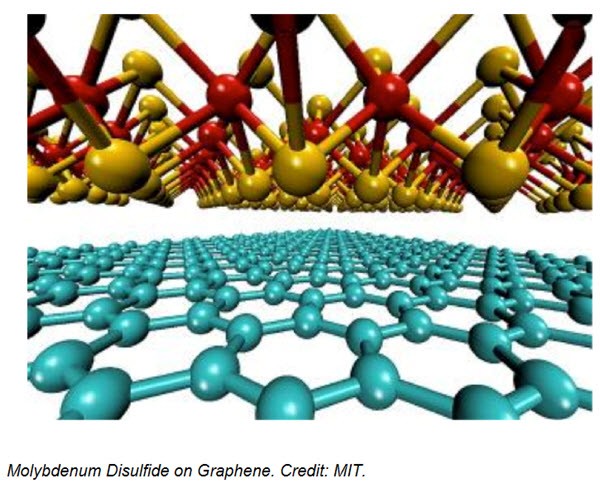.
Graphene Is A Game Changer In Many Different Electrical Applications
From energy storage , to solar cells, to flexible display screens and so much more.
A material that is amazingly strong – 200 times the strength of steel, yet can be applied as a single atom thick layer with amazing electrical properties.
Transparent and an excellent conductor of heat and electricity, a material that is also quite impermeable and flexible.
Renewable Energy World had this to say about graphene and solar cells:
Significant research is done towards utilizing graphene’s unique characteristics for use in solar cells. As solar cells require materials that are conductive and allow light to get through, it’s highly possible that graphene’s superb conductivity and transparency might help create the next generation of more efficient, durable and low-cost photovoltaics. Graphene is indeed a great conductor, but it excels less when it comes to collecting the electrical current produced within the solar cell. This is why researchers are looking for appropriate ways to modify graphene for this purpose, experimenting with graphene derivatives and modifications like graphene oxide (GO), for example, that may be less conductive but more transparent and a better charge collector.
Another possible use for graphene is replacing ITO in solar cells. The conductive Indium Tin Oxide (ITO) is used with a non-conductive glass layer as the transparent electrodes in most organic solar panels, but the material is rare, expensive and brittle. Many researches focus on graphene as a potential replacement for ITO in transparent electrodes of OPVs, while others search for ways of using graphene in improving overall performance of photovoltaic devices, mainly OPVs, as well as in electrodes, active layers, interfacial layers and electron acceptors.
Researchers from MIT are working towards developing a new solar cell, made from graphene and molybdenum disulfide, which will be thin, light and efficient — up to a 1,000 times more than silicon panels. It is hoped to achieve the “ultimate power conversion possible” due to its unique structure. Researchers from the same university also developed a flexible transparent graphene-based electrode for graphene polymer solar cell, which they claim is the most efficient electrode of this nature ever developed.
Go to the original article to see what other researchers are saying.
Images from the original article.




